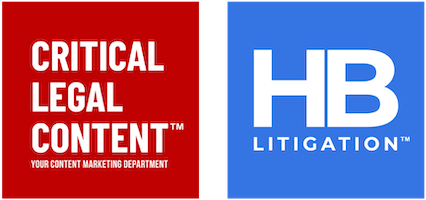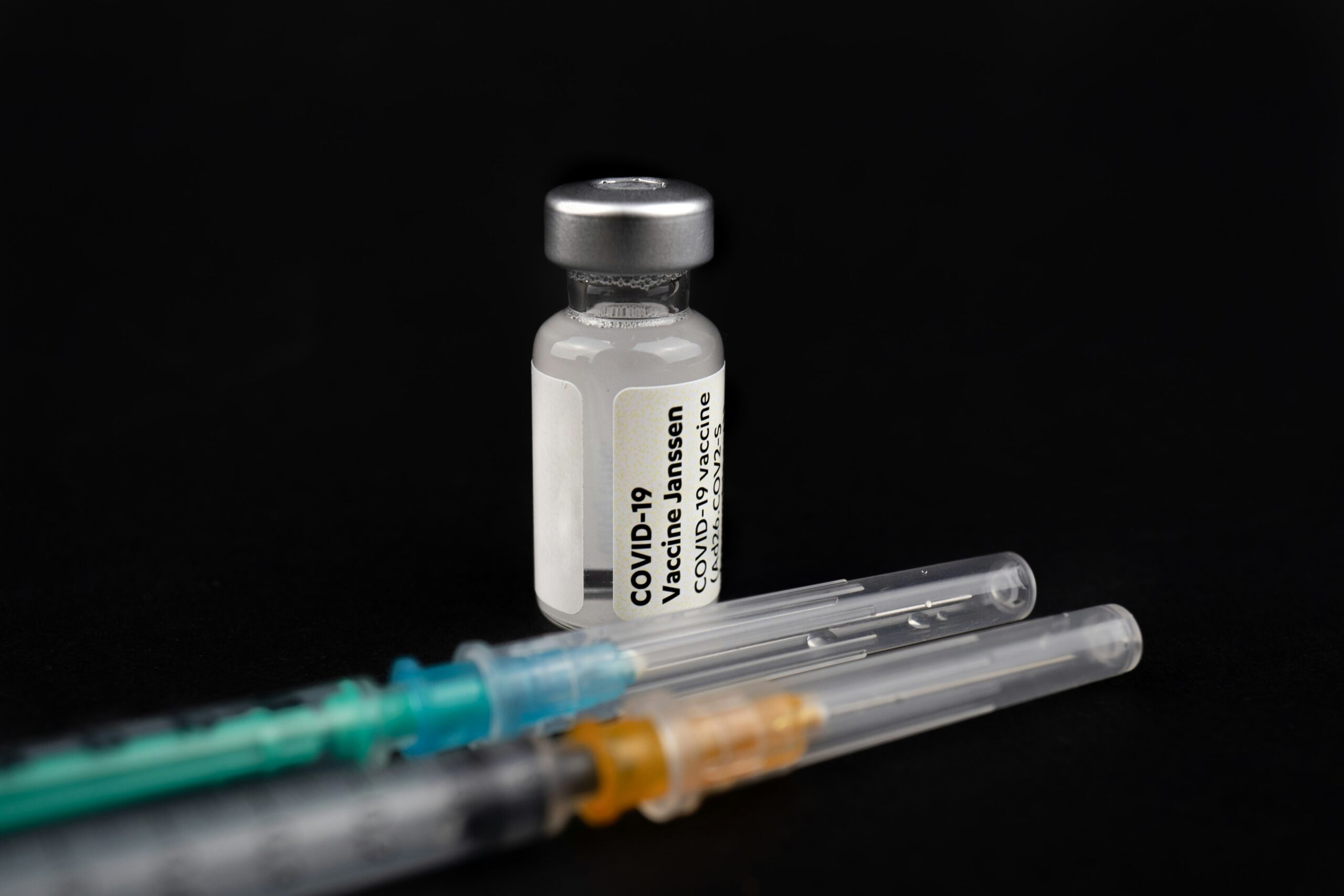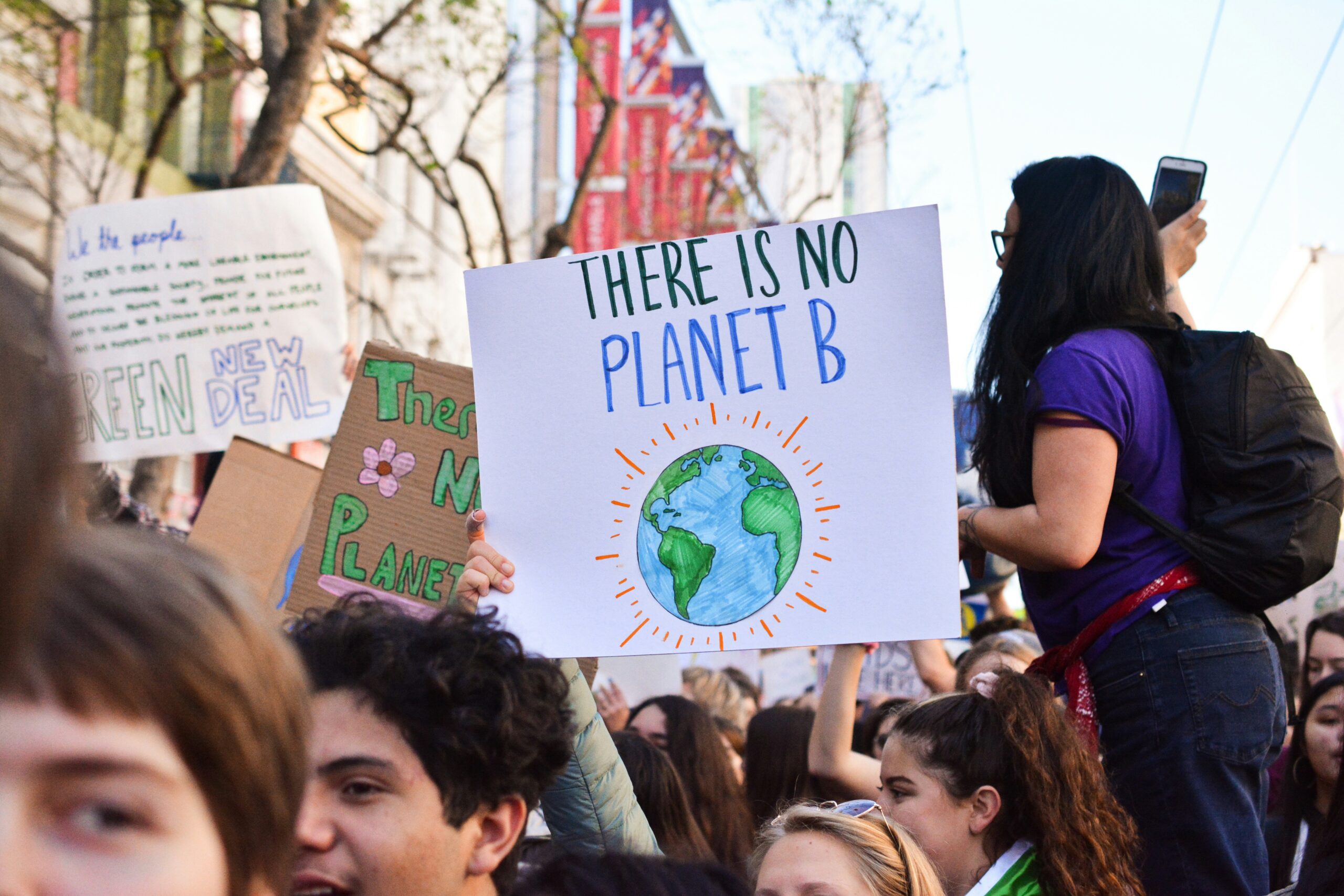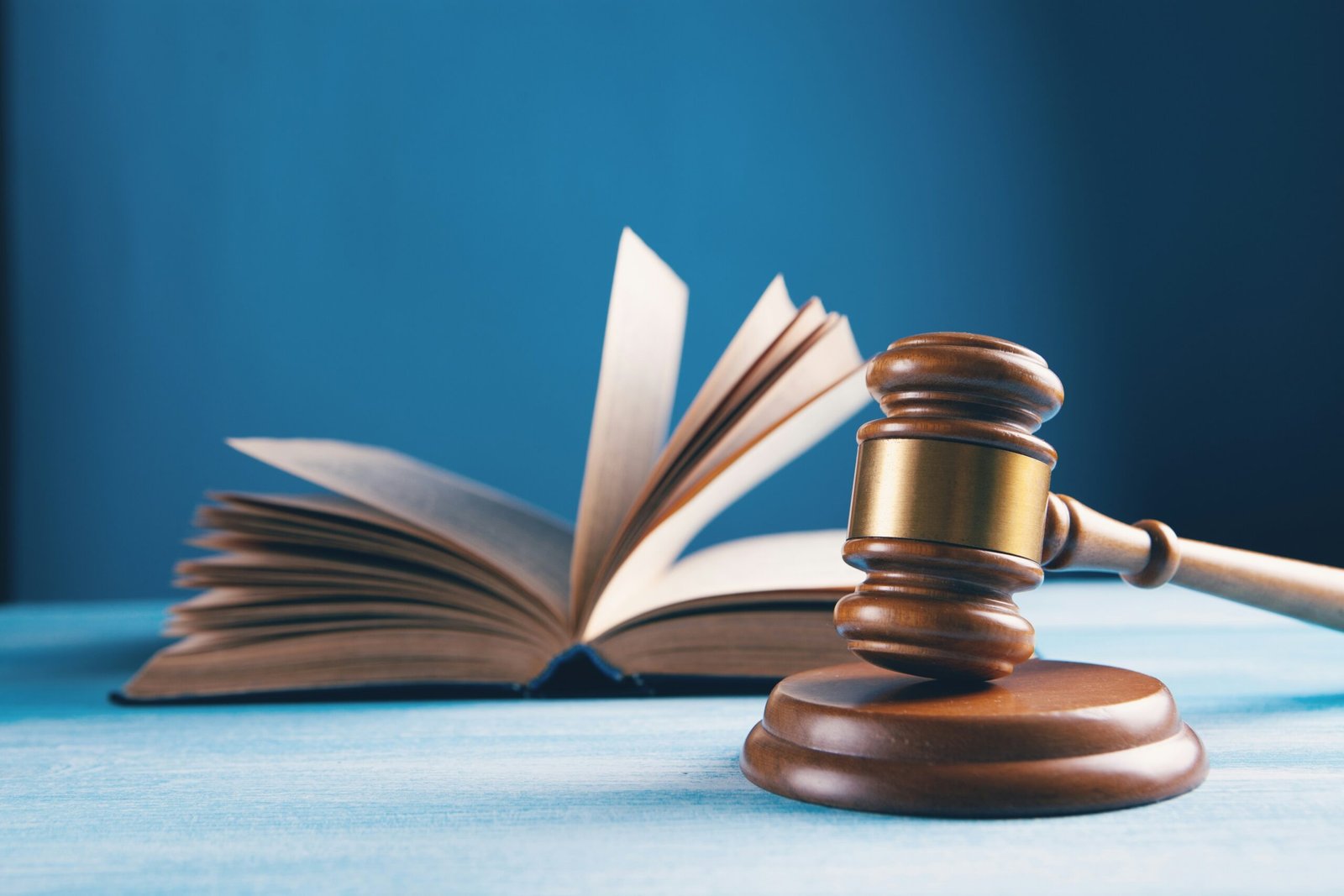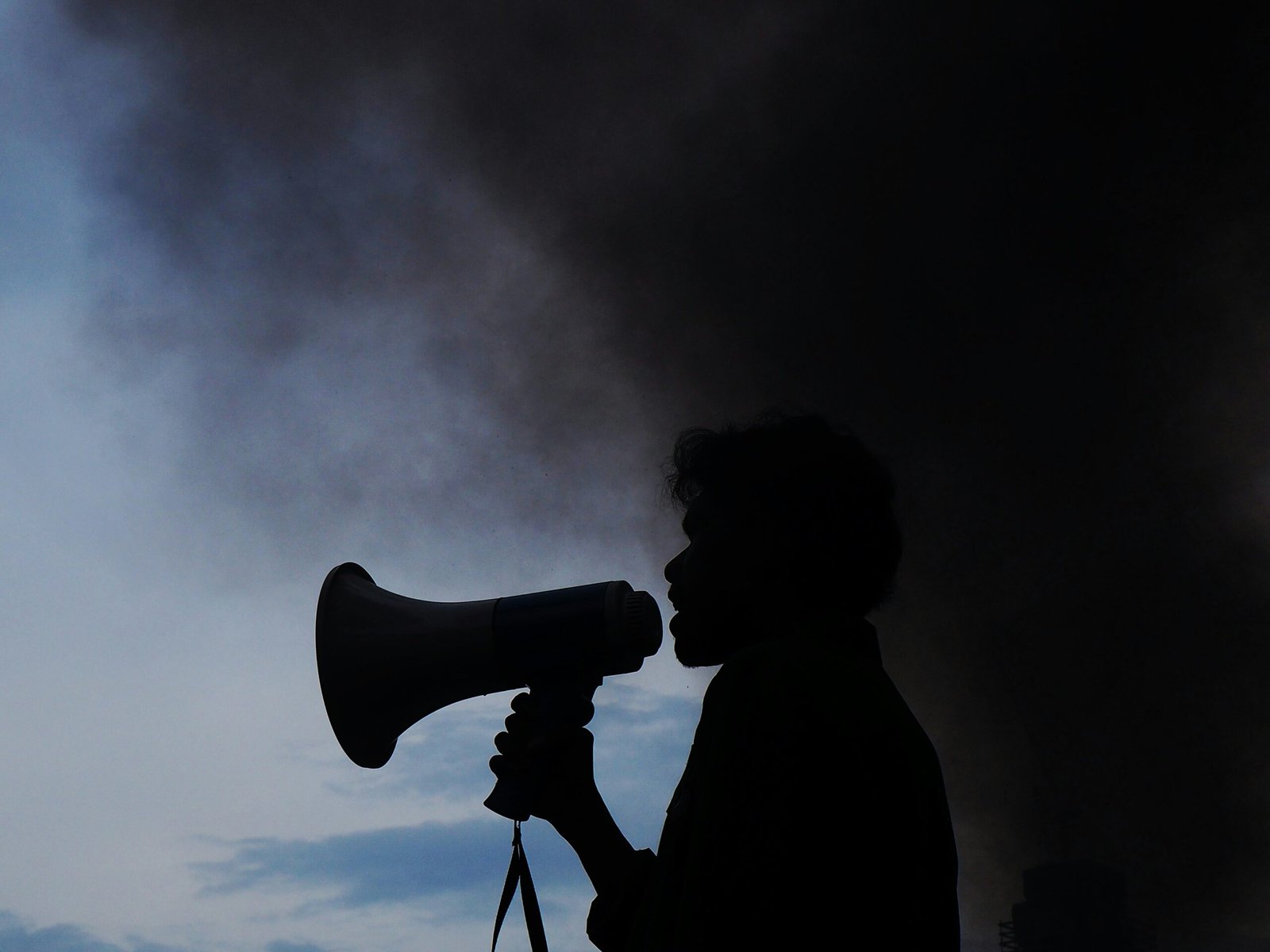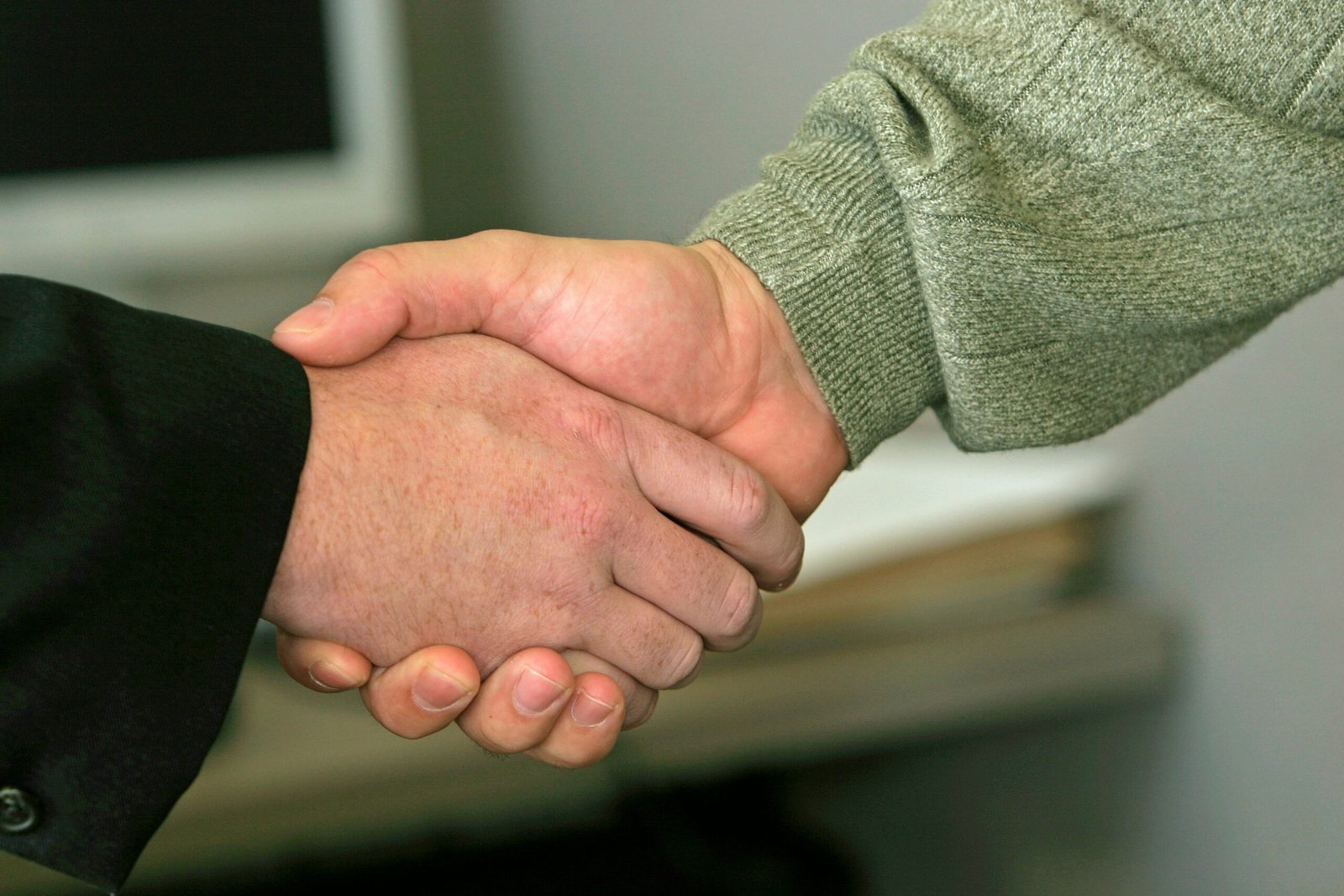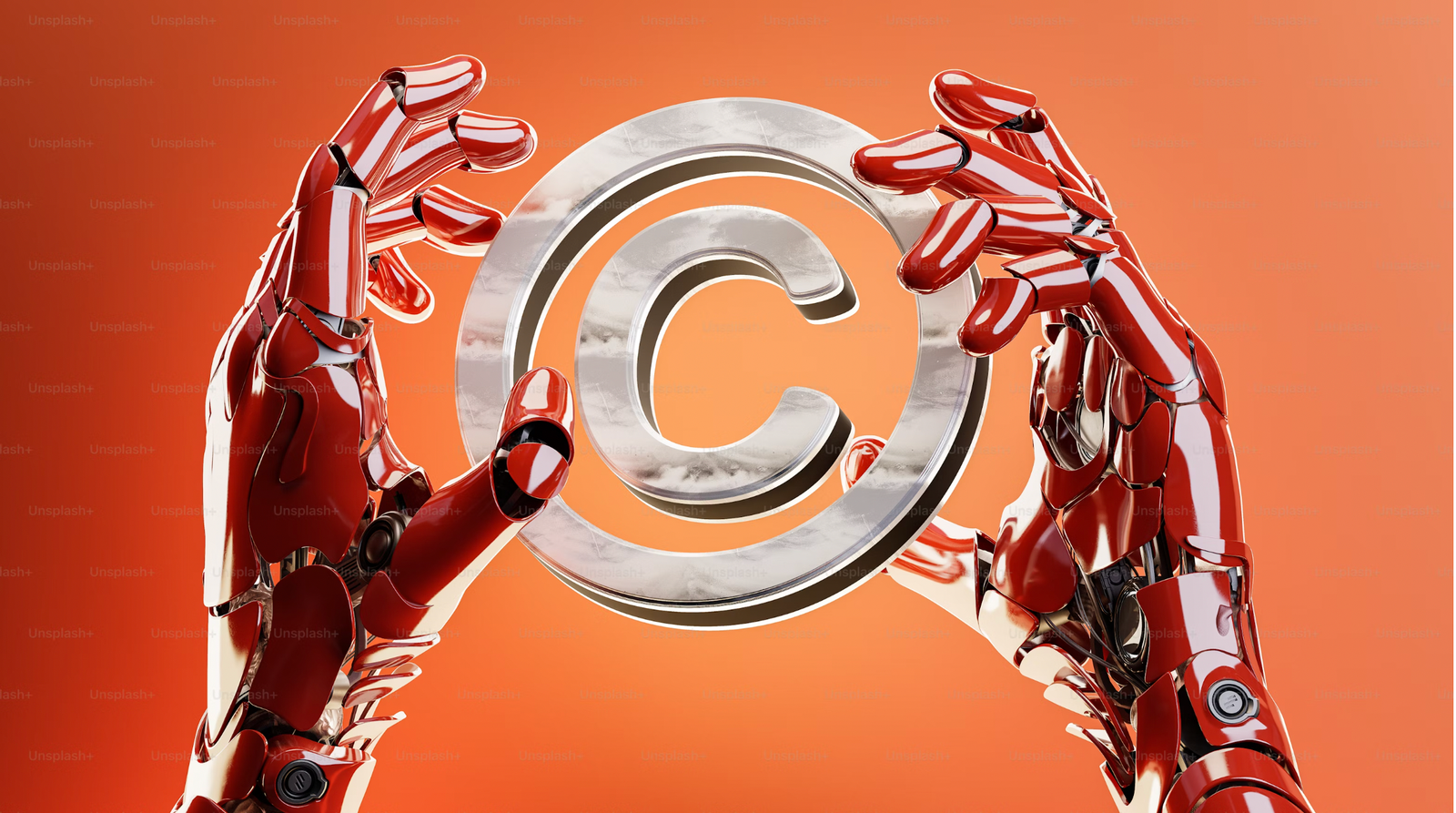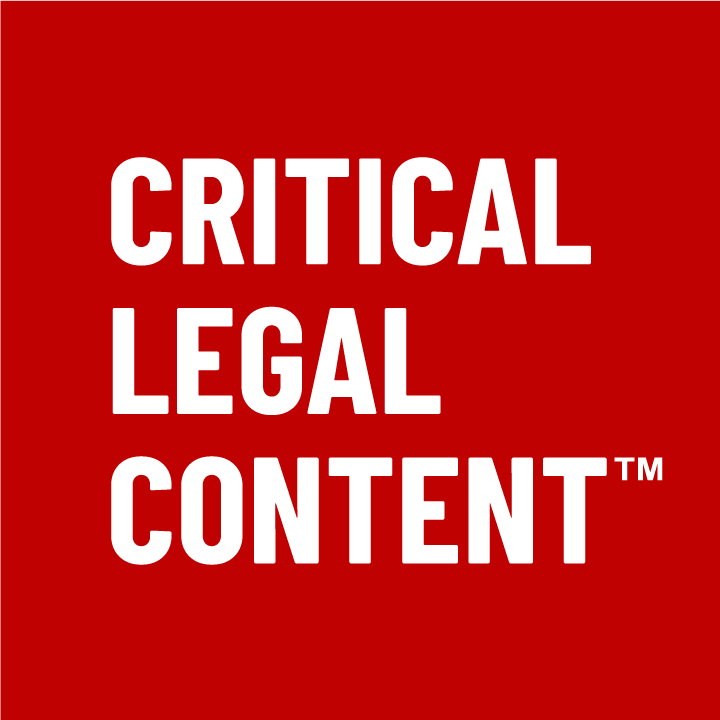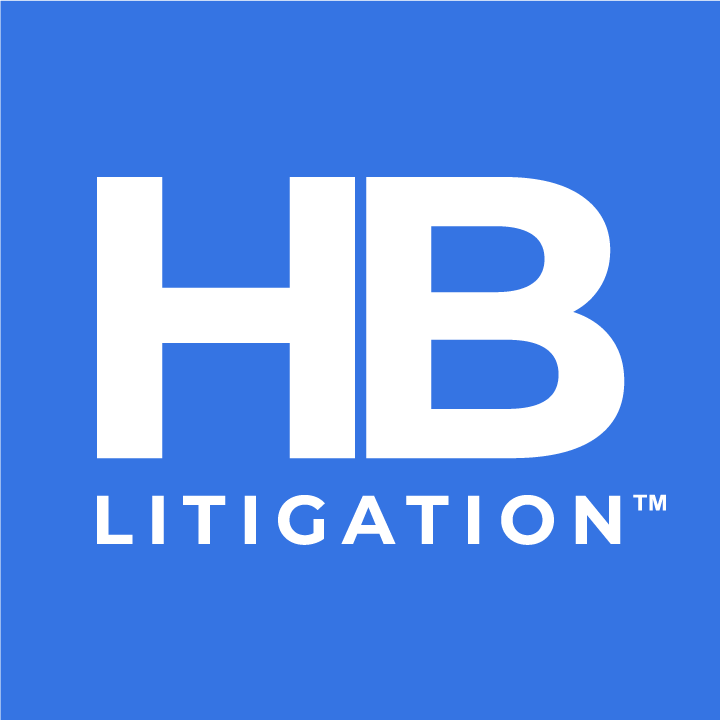Emerging Litigation Podcast
Last Days of Patent Eligibility Confusion with Ryan Phelan
In this episode, we discuss the intricate landscape of patent eligibility in the United States, twin patent law decisions from the Supreme Court, and the proposed Patent Eligibility Restoration Act and how -- if passed -- it could unlock new opportunities for innovation amid the challenges posed by judicial exceptions with seasoned patent attorney, Ryan N. Phelan of Marshall Gerstein. Listen now!
IP Protection, Secure Transactions, and Bored Apes: NFTs with Cameron Pick
In this episode, we discuss the evolving landscape of NFTs – or non-fungible tokens – which have taken the digital world by storm – or perhaps just a downloadable picture of a storm – promising to revolutionize not only the way we perceive, protect, purchase, and own digital assets, but how we might even buy a house or other assets in the real world. Guest Cameron Pick of Marshall Gerstein draws on his expertise in intellectual property law to provide insights into the changing dynamics of NFTs and the legal issues that accompany them. Tune in now!
Humans at Work with Leah Stiegler
In this episode, Leah M. Stiegler, principal attorney at Woods Rogers, shares practical solutions for a variety of challenges, like love at work, pregnancy at work, discord at work, harassment at work, and working overtime. She talks about gender identity protections, implicit biases, and microaggressions, plus conducting administrative investigations, and ideas to mitigate risk, stay out of court, and maintain a positive work environment. Enjoy now!
A Shameless Plug for Our Content Services
Your content marketing is everything you’ve ever dreamed of. Right?

Critical Legal Content was founded by Tom Hagy, former Editor & Publisher of Mealey’s Litigation Reports and VP at LexisNexis, founder of HB, current litigation podcaster and editor-in-chief. CLC’s mission is to help smaller firms and service providers not only create content — blogs, articles, papers, webinars, podcasts (like the stuff on this site) — but also to get it out there. How? Via social media, this website, your website, and potential via our podcast and journal which we publish in collaboration with vLex Fastcase and Law Street Media. The goal is to attract readers and dizzy them with your brilliance.
*Inspired by actual events.
Create content like a real legal publisher.
Emerging Litigation Journal
From Socks to Strategy: What Zoom Focus Groups Reveal About Your Case with Elizabeth Larrick
Trial attorney and litigation consultant Elizabeth Larrick shares what more than 1,000 virtual focus groups have taught her about trial prep, from testing case narratives to refining jury selection. In this episode of the Emerging Litigation Podcast, discover how Zoom-based sessions reveal surprising insights into witness credibility, evidence presentation, and what really resonates with jurors—yes, even their take on orange socks.
DEI Programs as a Source of Liability for Law Firms and Other Businesses
Two recent cases against international law firms point to an emerging trend in litigation that could have wide-spread implications for diversity, equity, and inclusion (DEI) programs. The author, William "Billy" Jones examines these recent cases filed against the law firms for their DEI fellowships and the potential impacts for law firms and other private businesses.
Judge finds flaws in motion for an injunction against Trump’s wind turbine order
While Trump’s freeze on offshore wind permits faces legal challenge, a federal judge isn’t convinced the states bringing the case have shown enough harm. In this article, guest contributor Justin Ward explains why the motion for an injunction was denied, what it means for the broader battle over renewable energy, and how executive power could stall green infrastructure without ever breaking the law.
HB Webinars on CeriFi LegalEdge
Copyrightability of AI Generated Work
Take this webinar featuring Perkins Coie LLP attorneys Lisa Ortiz and Sean West to gain a better understanding of the challenge of determining human authorship in AI-generated works, the guidance and disclosure rules established by the Copyright Office, the importance of addressing copyright ownership and usage rights in AI-related license agreements, and the implications of joint ownership of AI models and output. Learn about the categories of work in which AI is being applied in the practice of law, e.g., legal research, document drafting, deposition preparation, and discovery review. Understand the various risks associated with AI, e.g., biased and inaccurate outputs, unauthorized disclosures of private data, and intellectual property infringement. Get an overview of governmental regulation and guidance. Finally, start your journey to develop best practices in establishing AI governance teams and processes with an eye toward complying with regulations and mitigating risk. Check it out!
AI Survival Guide: Best Practices to Mitigate AI Litigation Risk
Organizations using artificial intelligence-based technologies that perform facial recognition or other facial analysis, website advertising, profiling, automated decision making, educational operations, clinical medicine, generative AI, and more, increasingly face the risk of being targeted by class action lawsuits and government enforcement actions alleging that they improperly obtained, disclosed, and misused personal data of website visitors, employees, customers, students, patients, and others, or that they infringed copyrights, fixed prices, and more. These disputes often seek millions or billions of dollars against businesses of all sizes. This webinar identifies recent trends in such varied but similar AI litigation, draws common threads, and discusses best practices that corporate counsel should consider to mitigate AI litigation risk. Our excellent speakers are Jerry Maatman and Justin Donoho of Duane Morris.
Legal Innovation: Choosing the Best AI Tools and Strategies for Success
During this webinar, Robinson+Cole's knowledge management professionals Liz Salsedo and Jim Merrifield help you better understand artificial intelligence and generative AI. Learn about the categories of work in which AI is being applied in the practice of law, e.g., legal research, document drafting, deposition preparation, and discovery review. Understand the various risks associated with AI, e.g., biased and inaccurate outputs, unauthorized disclosures of private data, and intellectual property infringement. Get an overview of governmental regulation and guidance. Finally, start your journey to develop best practices in establishing AI governance teams and processes with an eye toward complying with regulations and mitigating risk.
